Timeline: Woolworths
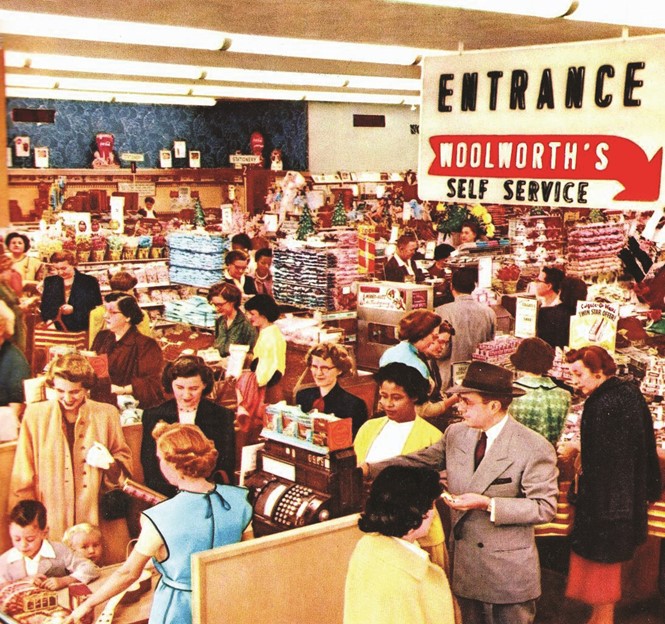
Woolworths has a long history in Australia and remains popular today. Its brand has changed remarkably little over the past 93 years. Its focus on fresh food, quality products and its Australian heritage remains strong in its brand positioning and across its current and past visual identities
1924 Though it was 20 days before the
25th, Percy Christmas, founding CEO of Woolworths in Australia, opened the doors to Woolworths Stupendous Bargain Basement in Sydney on 5 December 1924.
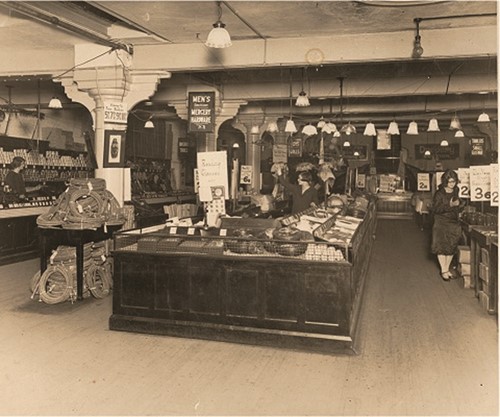
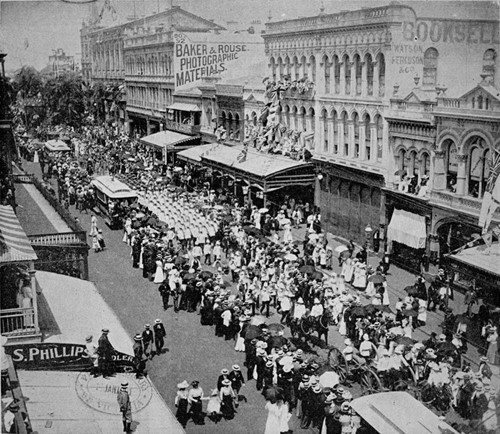
1927 Woolworths opened a second shop in August 1927, located in Brisbane, and, defying the Great Depression, continued to expand across Australia and New Zealand through the 1930s. Woolworths is also the rst variety store to install receipt-printing tills, which it did in 1926. The company offered its rst pensions, retroactive to cover all former employees, in 1939.
1955 The now-typical experience of shopping for goods in a store and then paying for them at the till was once an anomaly. Woolworths introduced the format to Australia on a large scale, with its rst ‘self-service’ store in Beverley Hills, Sydney. Then, in 1957, Woolworths opened its rst food-only store.
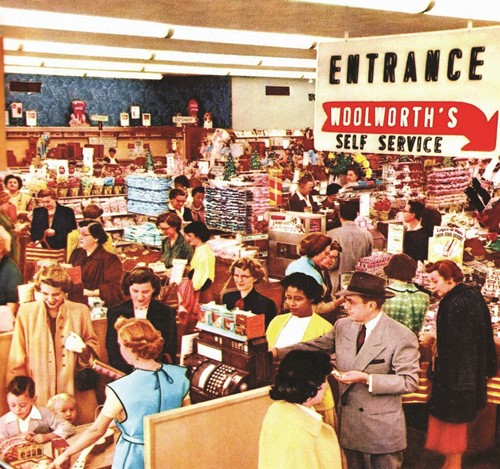
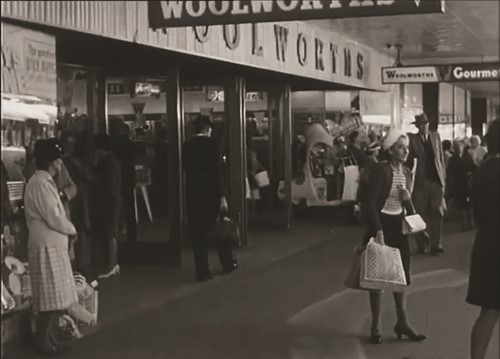
1960 After the opening of its 300th store and the acquisition of Centralian Traders, Woolworths became a household name.
It also began to develop purpose-built supermarkets and grew its alcohol sales through the acquisition of a company with a drinks licence.
1973 In 1973, Woolworths expanded its own brand offer until it became 150 products strong and fell under the ‘Homebrand’ designation. The original packaging became the distinctive Woolworth’s white, black and red design, which persists today.
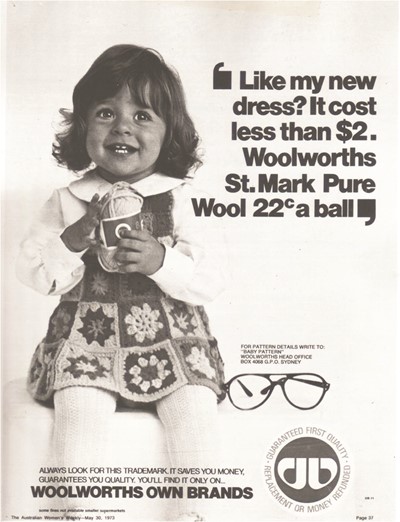
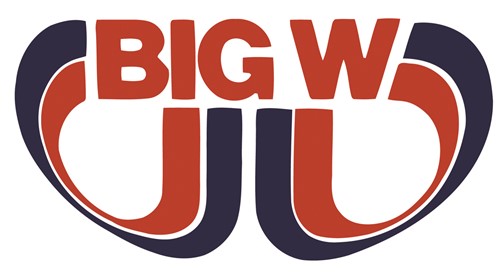
1976 The 1970s saw an expansion of Woolworths department stores as it opens the rst BIG W store in Tamworth, New South Wales. The stores became a big success across Australia.
1987 After the acquisition of Safeway’s
126 Australian stores in 1985, Woolworths rebranded its Victoria stores to align with the Safeway brand. But then in 1987, Woolworths launched the ‘Fresh Food People’ campaign, which became part of the visual identity. The wordmark became the foundation for all subsequent Woolworths logos. Following a takeover in 1989, the business was oated on the Australian stock market once again, in 1993.
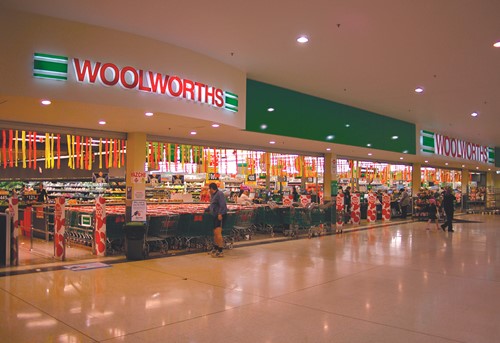
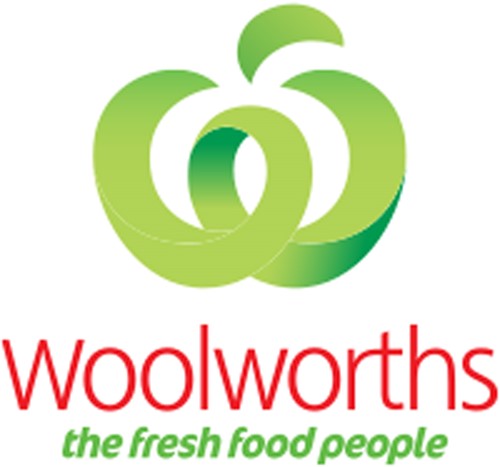
2009 The company grew by acquisition throughout the 2000s, expanding to the US with a joint venture with Lowe’s. 2009 saw the introduction of the apple logo, which was introduced alongside the rebranding of all Safeway stores to Woolworths. The green apple with the ‘Fresh food people’ strapline has existed in various forms since 2009.
2012 The strapline is amended to include ‘Australia’s,’ indicating Woolworths commitment to Australian food farmers.
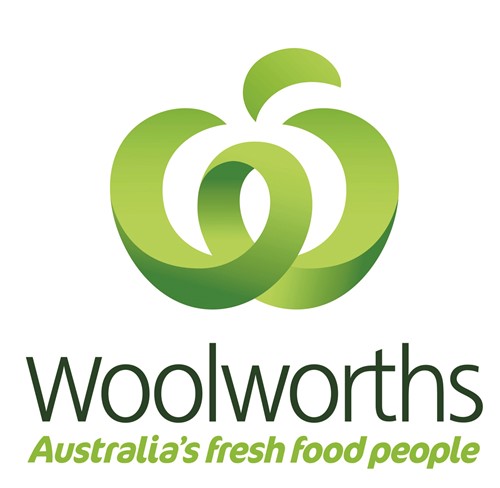
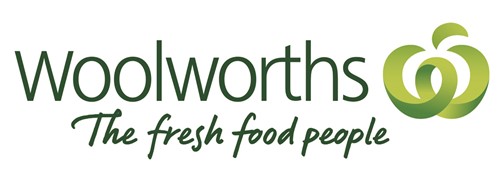
2015 Today, Woolworths and primary competitor Coles, own about 70% of the grocery market share in Australia. Both,
like their European counterparts, are being somewhat undercut by Aldi. However, Woolworths retains its brand equity as a long-standing Australian company. Its own brands have expanded and the company rebranded Homebrand to ‘Essentials’ in 2016.












